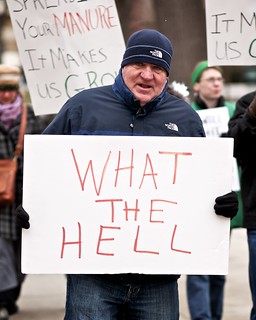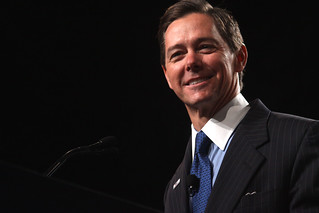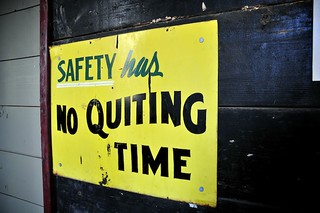
Gary and Patty Quarles lost their only son, Gary Wayne, in the Upper Big Branch mine explosion. Earlier this year, they negotiated a multi-million dollar settlement from Massey Energy, the company whose negligence and greed killed Gary Wayne and 28 other men.
At first, the Quarles were determined to sue, because they knew that’s what their son wanted. They didn’t have to guess. He told them so before he died. But in the end, Massey came up with an offer that Patty Quarles felt she couldn’t refuse, for the sake of her two grandchildren, whom Gary Wayne had entrusted to her care.
None of these sorries made [Patty Quarles] feel better. And the financial settlement, perhaps the biggest sorry of all, brought its own burden.
On one hand, as many miners did, her son had explicitly talked about suing the coal company if anything ever happened to him. After his divorce, he changed his beneficiaries to his two children and, as he wrote on the legal form, “Mom,” with her legal name in parentheses.
Her son’s decision told her that he trusted her to handle things right, that he wanted to take care of his children, of his dad and of her. And this was what she carried with her into the final mediation at the golf resort, when she was almost blind with a migraine headache, the blackout curtains in the hotel room drawn.
She thought about his wishes, about her grandchildren having a future outside coal mining, about her husband, who was still sitting over there humming to Ralph Stanley.
“I wanted it over,” she said. “I wanted it over so bad.”
“At the same time,” she said, and now Patty Quarles was crying, “this is your mom saying this is what your life’s worth. Like your mom has sold you out. . . . When the lawyers said 3 million I was so mad I couldn’t see straight. I wouldn’t have settled. I wouldn’t have settled for one red cent.”
And then she did.
She is legally prohibited from saying how much the settlement was. But she can say that when her husband saw the amount, she thought he was going to pass out. And that when she finally agreed to it, she felt anything but better.
“ ‘Gary Wayne, well, this is what you was worth,’ ” she recalled thinking, and in that sense, the settlement has inflicted pain on top of pain.
Stephanie McCrummen’s story is a devastating portrait of grief, doubt, and the special love between parents and their adult children. It’s one of the saddest things I’ve ever read.
As horribly as the Quarles are suffering, they fared better than most of the survivors of workers killed on the job. There are over 4000 such fatalities each year, and most families never see a cent of compensation.
Gary and Patty continue to lobby for tougher mine safety regulations in the hope of protecting other miners.
[Photo credit: Lindsay Beyerstein, all rights reserved.]









